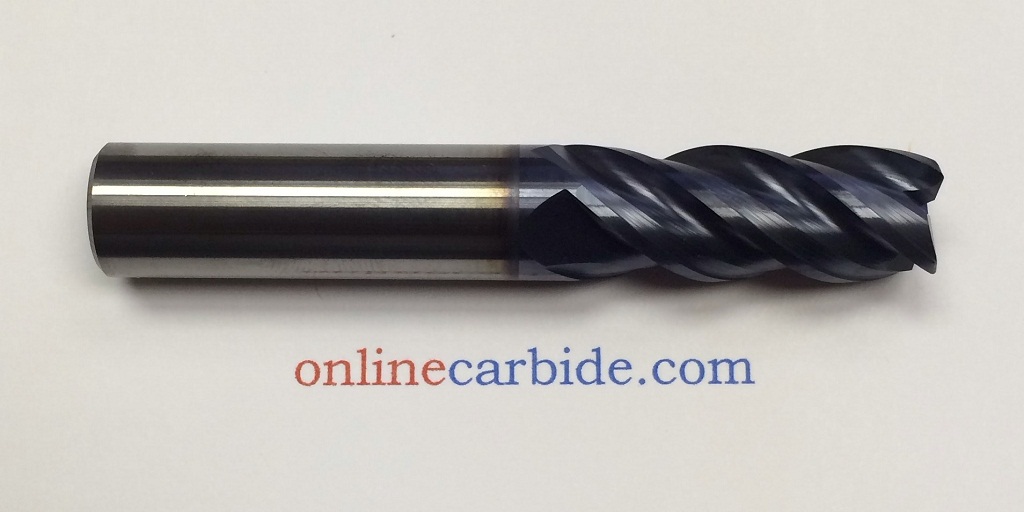Most of the products you see in the market in terms of drill bits and twist drill point geometries are usually aimed at more or less general drilling operations. However, they do not guarantee the best performance, higher tool life, or increased productivity for every specific drilling application. So, what is the best drill bit geometry for your needs?
First of all, it’s important to know that the point angle, lip angle, and chisel edge type all interact with one another and with the material to be drilled to produce the desired results. Drill bits with specific applications use the variation of these factors that produces the best results depending on their use. Let’s take a look at some of these variations:
Twist Drills
The most common geometry is the twist drill. It usually has a point angle of 118 degrees, a lip angle of 11 degrees, and a chisel edge. However, lip angle is often adjusted depending on material hardness and general machinability. Blunt points cause the lips to be fully involved in the cutting action. These variations do not affect hole size, but will definitely make a huge difference in terms of tool torque, even in tools of the same size. This geometry is best used for general drilling applications in materials like soft steel, aluminum, brass, and plastic.
Multi-Facet Bits
Rotational energies and friction inevitably produce chips and heat. Tool engineers are constantly looking for ways to reduce heat. One way of doing this is by creating multi-faceted geometries. When compared to conventional bits, multi-faceted drills can reduce temperatures up to 50%. They work by breaking the chips into many tiny pieces as they are cut. This geometry is ideal for difficult-to-machine materials and high-temperature applications.
Four-faceted points have primary cutting lips alternated with heel clearance or relief facets. To produce a functional self-centering point, engineers extended the relief facets right to the midway point of the chisel. This configuration positions the apex at the center of the long axis of the chisel, reducing the chances of walk-off and eliminating the need for pilot holes during drilling operations.
Split Point Bits
The split point drill is a variation of the twist drill that features a split point. This geometry makes the drill much more resistant to walking or skidding off the material being drilled, making it perfect for use in soft materials. The split point also helps to reduce heat and friction, making it a great choice for high-temperature applications.
Split point bits have a point that is notched so that the two halves of the point are very close together, forming a sharp V-shape. When the drill enters the material, the edges of the notch spread apart and form cutting lips. However, neutral corners present in these drills sometimes prevent proper chip evacuation and often lead to weld beads which cancels any of the advantages provided by split points.
Dubbed Drills
This type of bit geometry is created by notching the point of a standard twist drill. This produces two primary cutting lips with a large included angle, increasing cutting action in the central area. The large included angle results in augmented stability and resistance to walk-off. These drills are perfect for drilling in tough materials as they can withstand high levels of torque without breaking.
Of course, geometry is not the only factor that affects overall productivity. Tool quality is an extremely important factor that determines hardness, stiffness, sharpness retention, and durability. Only buy carbide drills from specialized manufacturers. We recommend contacting Online Carbide and taking a look at their premium high-performance tools and excellent pricing.



